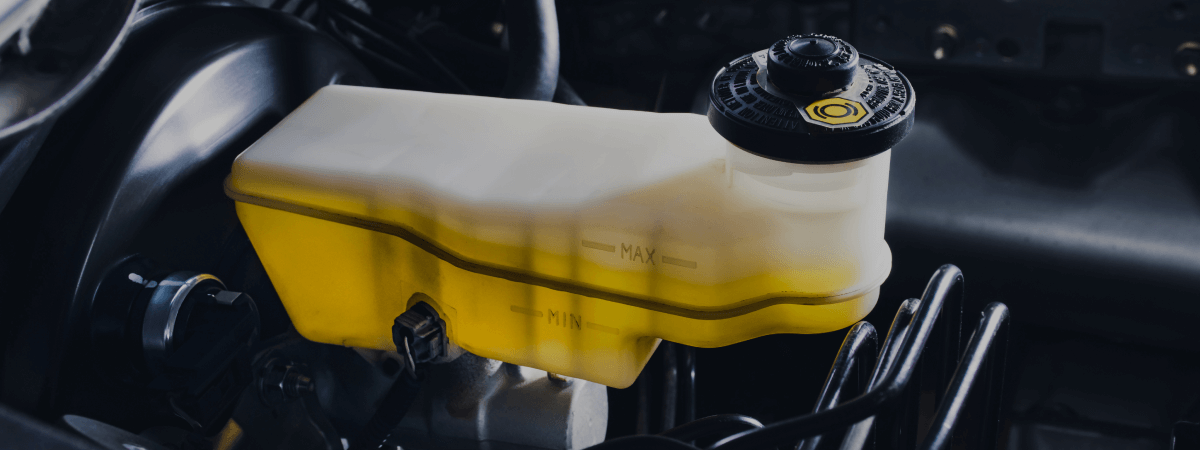The serpentine belt is common to most older cars and trucks. It plays a part in many functions including pumps (such as alternator, water, and power steering), the air conditioning unit, and accessories. These belts have ridges that run the length of the belt and are relatively long-lasting.
Eventually, however, the serpentine belt will begin to show signs of wear and tear. This may come in the form of fraying edges, cracks or even holes and missing chunks. Because of the many functions this belt is important for, it is wise to check it for damage at every oil change. Utah auto repair centers do this regularly, considering the frequent road construction causing dirt and debris.
However, maybe you’re ready to do it yourself. Checking your serpentine belt is not that tough. The serpentine belt, unlike belts of the past that needed to be adjusted regularly, has its own self-adjusting mechanism. But, even this function can go eventually. So, this should also be checked with every oil change.
Check the backside (the smooth side) of the serpentine belt for oil. Oil can make this part slick, preventing it from running the water pump correctly. If there is oil, clean it up and find the leak.
Check for signs of physical damage on the backside as well. If there are tears or scratches, it may mean that the serpentine is rubbing against a bolt or the pulley flange. You may need to file something down or bend something out of the way to prevent further damage.
Tiny holes or bumps may mean that dirt is getting between the serpentine belt and the pulleys, so make sure it all looks clean. Flip the belt over, then, and check the ridges on the inside. If there are pieces missing, check the extent of the damage.
A few small areas of damage may be alright for a while. Tiny cracks on the inside of the belt, for example, are normal. If, on the other hand, you see several chunks taken out or several smaller chunks bunched together, it is time to replace the belt. This kind of damage affects the integrity of the belt and means that you don’t have much time left before it snaps.
Related Posts
Key Takeaways On average, passenger vehicle tires last 40,000 to 60,000 miles, depending on type, driving habits, and maintenance. Replace tires when tread depth reaches 2/32”, if damaged, or older than 10 years. Regular rotation, alignment, and proper inflation extend tire life. Aggressive driving, poor roads, and harsh weather shorten tire lifespan. Take advantage [...]
When you think about car maintenance, you probably focus on oil changes, tire rotations, and maybe even brake pad replacement. But what about your brake fluid? If you’ve ever wondered, “What does brake fluid do?” or “Why is brake fluid important?”, you’re not alone. Brake fluid might not be the most talked-about part of [...]
Is that high-pitched squeal from your brakes driving you—and everyone else—crazy? Don’t ignore it. Squeaky brakes aren’t just annoying, they’re your car’s way of saying something needs attention. Whether you're cruising through Salt Lake City or winding up Idaho’s mountain passes, here’s what’s likely going on, how you can fix it, and when it [...]





